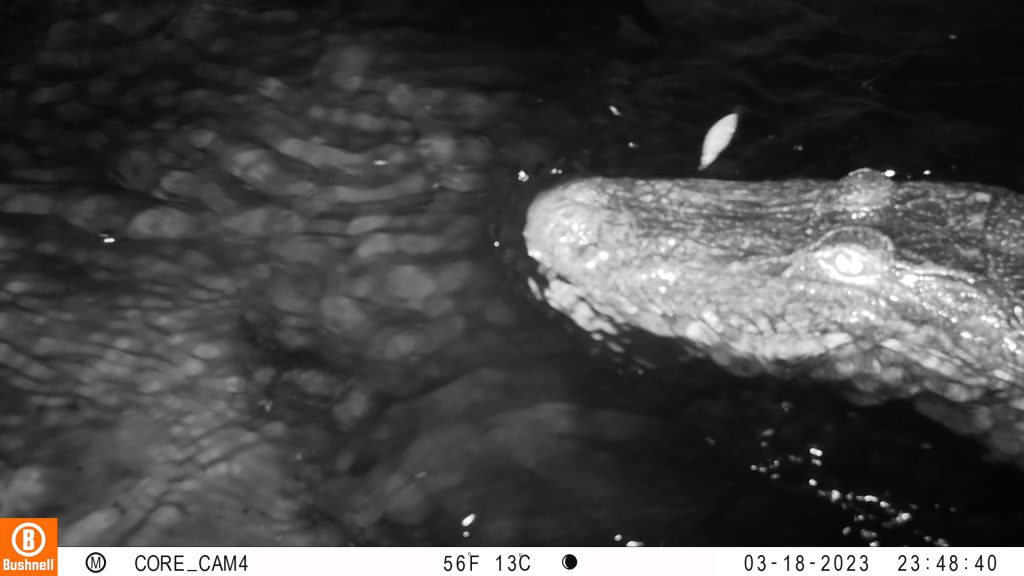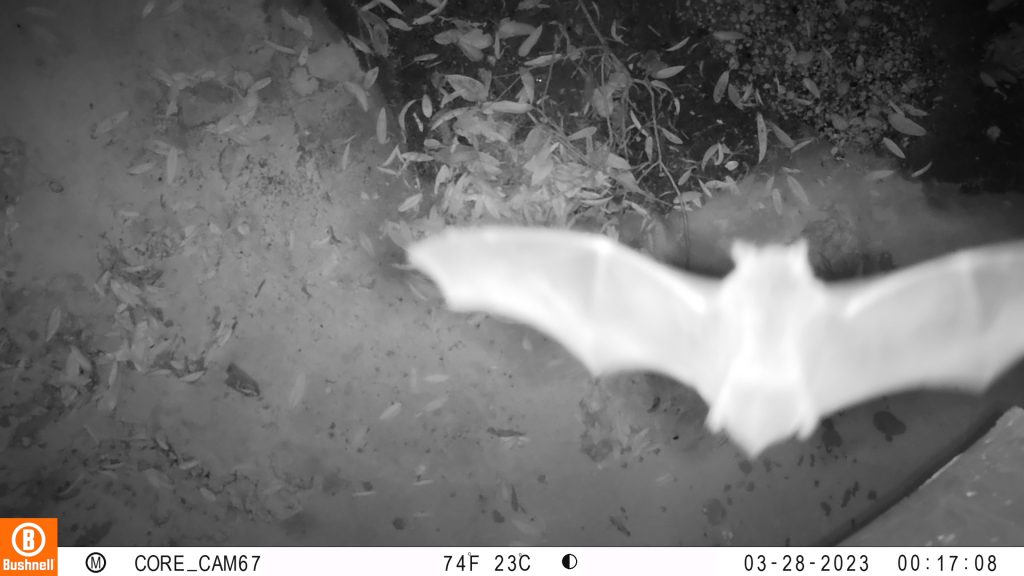Share
IA Alumni—Where are They Now? Featuring Alan Ivory
By Josephine Cioffero
The myth alligators roam New York City’s sewer system is unsurprisingly true for Gainesville and the Gator Nation.
Just ask former Innovation Academy student Alan Ivory, whose recently published research in the Urban Naturalist journal on wildlife behavior in stormwater sewer systems — including alligators, racoons, bats and multiple species of birds — landed him an interview with The New York Times.
“It just so happened that the time that my paper came out was a month before ‘Alligator in the Sewer Day’ for New York City,” he said. “Even though the alligators weren’t the main part of my study, it aligned with their holiday,” adding that the interview was a great learning experience.

Courtesy of Alan Ivory
Currently a Ph.D. student at the University of Florida School of Forest, Fisheries, and Geomatics Sciences, Ivory is on the path to become a triple gator, already holding his bachelor’s and master’s degrees in wildlife ecology and conservation. But his academic journey began in 2015 with the Innovation Academy.
“When I got into UF, I went to one of the welcoming events where they tell you all about IA,” he said. “UF had always been my dream school, but I wasn’t really sure what IA was. Having the sit-down with the advisers and having that one-on-one time was definitely what convinced me.”
Ivory came to UF with the intention to become a pharmacist, yet it was an elective class he took his freshman year that sparked his interest in sea turtles and wildlife, even introducing him to his future master’s degree adviser, Steve Johnson.
Despite not graduating with the innovation minor, Ivory took majority of the program’s classes and referenced the Catalyst Innovation Showcase as an experience that remains relevant to his current role.
“I’m going to have to get a patent for one of the inventions I made during my master’s,” he said. “I think back on my IA process of having to do that.”
Catalyst challenges students to participate in a prototyping competition where they pitch solutions to a real problem presented by a corporate partner. Student teams are judged by a panel of UF faculty, business partners and entrepreneurs and have the chance to be recognized with one of five awards.
“Having the pressure of speaking with actual inventors and all of that sort of stuff, definitely the pressure was on in the creativity process,” Ivory said. “I’ve always had that creativity side in me, but going through that invention process was definitely like, ‘Alright, at a professional level, I can be creative.’”
Even after his time in the Innovation Academy, Ivory said he still felt the support of the community. He mentioned Diane “DP” Porter-Roberts, the IA academic coordinator, as a continuous supporter of his work.
“She has been a great mentor along the way. I didn’t even tell her about my New York Times thing, and she found me and still is passionate about what I do,” he said. “The community within IA has always been very nice.”
Ivory also thanked IA’s open fall semester as a factor that influenced his academic journey and led to his research on wildlife.
“IA was always a big motivator of doing internships, taking advantage of the falls off,” he said. “Because I had that longer semester that other students during the summer wouldn’t have, I was able to get a unique internship that kind of opened the door.”

Courtesy of Alan Ivory
Ivory interned with Gainesville’s Lubee Bat Conservancy, which is a nonprofit dedicated to preserving bats and their habitats through education, conservation and research.
“While everything seems to be about alligators, half of my master’s is about bats,” he said. “I think these small decisions along the way are kind of what guided me to where I’m at now.”
Ivory has a second paper releasing this year that expands on the sewer system research he conducted in 2023 during his master’s program. Now one year into his Ph.D. program, he has branched out from the sewer world and is researching ecosystem services related to invasive grass, including wildfire risk, biodiversity impacts and wildlife use.
